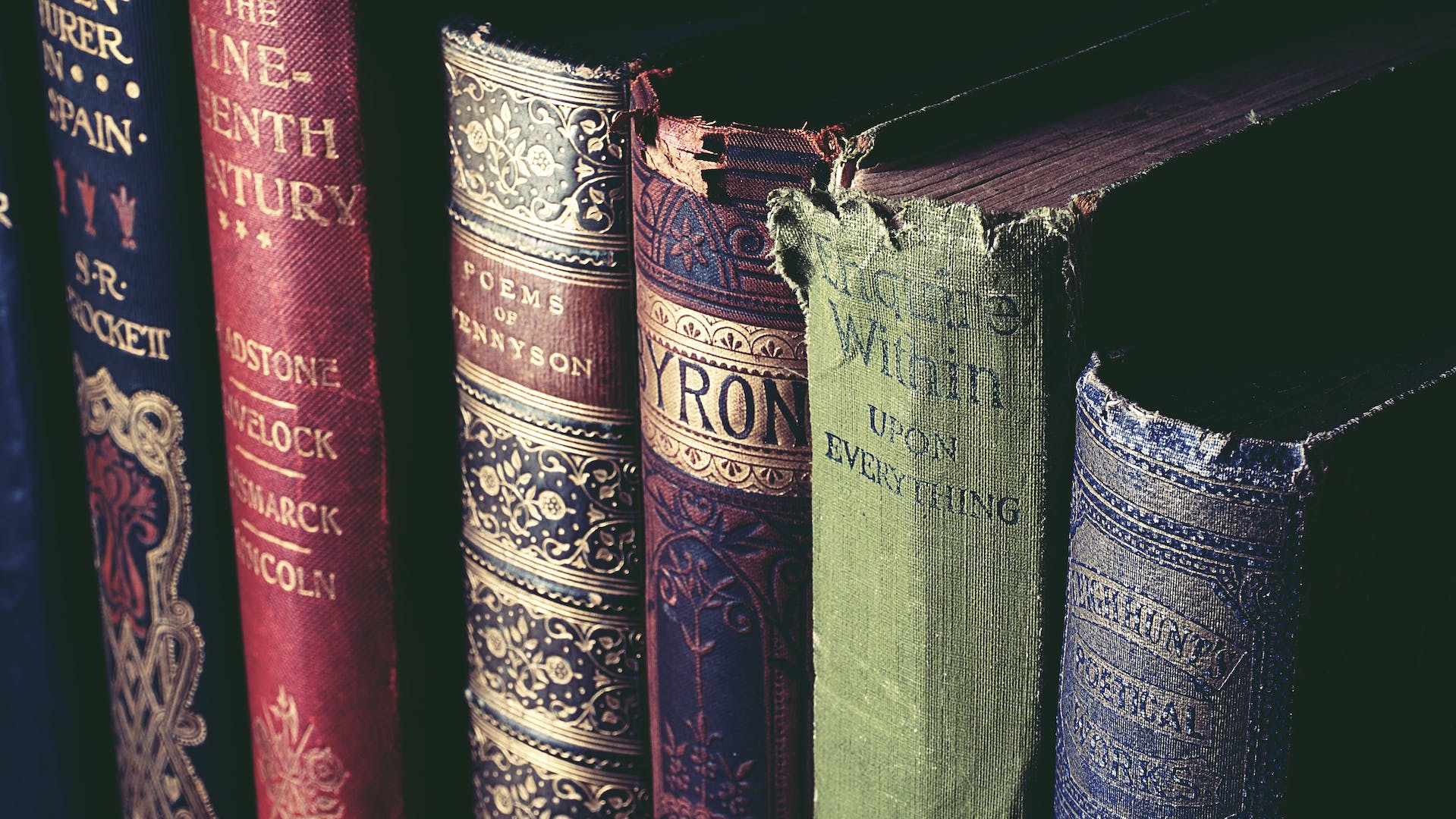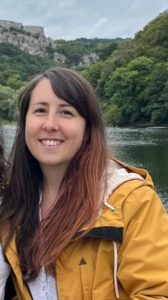Up until this master’s program, I had very little knowledge of the Digital Humanities and what these two words combined actually meant. As we delved deeper into the depths of this particular field, I realized that the DH were so much more than digitizing and preserving old, fragile documents for scholars and researchers from around the world to consult them without being physically present. It mean the integration of the old with the new, of the analog with the digital. Learning more about the Digital Humanities opened up a realm of possibilities in terms of analyses that could be done to texts in order to extract new insights and even patterns from vast amounts of information that might be challenging or impossible to achieve through traditional means. Through the development of digital tools, we can now transcribe entire books in one go, count their words and form word associations, pick up new ways of accesing a text, even several ones at once—something we thought impossible up we developed the techniques. For me in particular, it uncovered the possibility of discovering new meanings in literary texts— theories and ideas that I had never seen before, and finding them represented in a format (be it maps, timelines or graphics) that showed a different interpretation to the more “traditional” literary one, which I had grown up with, and now I look beyond it and aided with new tools, I can reach beyond the surface of an old text and find its hidden meanings.


